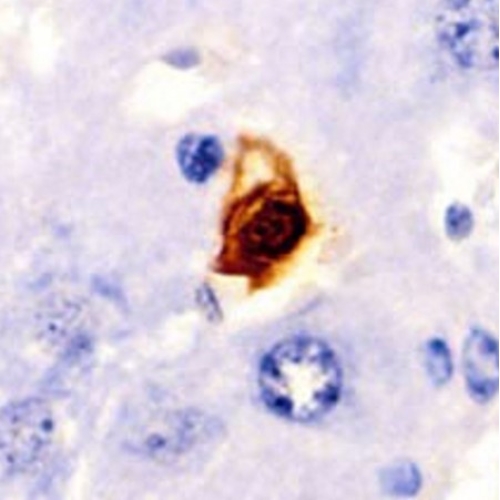Key points from article :
Spoke with SENS founder and CSO to find out where he believes there is greatest potential for success in senescence.
“The field of targeting senescent cells has completely exploded,” says de Grey.
"Now become the highest profile area across all the hallmarks of aging."
Senescent cells are accumulating because the body is failing to get them to commit suicide (apoptosis).
The most simple way is to find drugs that are able to selectively make senescent cells commit suicide.
This senolytic approach has been adopted by companies such as Unity.
The field has identified a wide variety of different synthetic drugs.
But pharmaceuticals always have limitations - toxicity to cells that we don’t want them to kill, and failing to kill all of the ones we do.
Gene therapy may be more accurate - cargo of the engineered virus is only activated in senescent cells.
Oisín Biotechnologies are making good progress with this approach.
Another approach is to use the human immune system itself, as done by SIWA Therapeutics.
It is identifying why some senescent cells manage to resist the immune system, and then breaking down that resistance.
Another idea is to reverse the process to make the cells non-senescent again.
But there can be good physiological reasons why cells become senescent, for example damaged DNA.
Final alternative approach to senolytics is finding a way to stop cells from becoming senescent.
But senescent cells also play a role in key biological processes, for example wound healing, so would need to be very selective.
de Grey thinks phase 3 human clinical trials may be possible in a couple of years.







